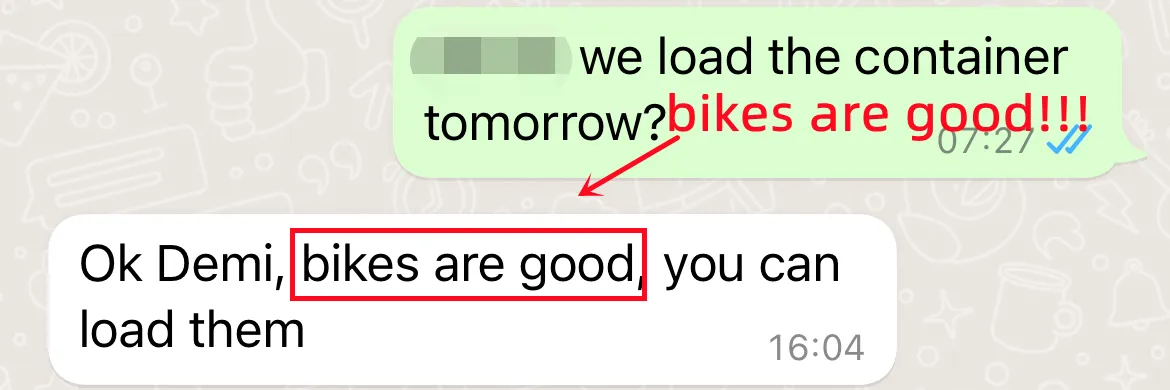how to teach a kid to ride a balance bike
Teaching a child to ride a balance bike can be a rewarding experience for both the child and the adult involved. Balance bikes are a fantastic way for kids to develop essential skills without the reliance on training wheels. They help children learn balance, coordination, and steering, which are crucial for riding a traditional bicycle later on. Here’s a step-by-step guide to effectively teach a child how to ride a balance bike.
Step 1 Choose the Right Bike
Before you start, it’s essential to select a balance bike that is appropriate for your child's age and height. The bike should allow the child to place their feet flat on the ground while seated. This ensures they feel stable and secure, which is crucial for building their confidence.
Step 2 Safety Gear
Ensure that your child is wearing appropriate safety gear. A properly fitted helmet is non-negotiable, and knee and elbow pads can add extra protection, especially during the learning process. This not only protects them from injuries but also makes them feel more secure as they ride.
Step 3 Introduce the Bike
Start by letting your child explore the bike. Encourage them to walk with it, push it around, and get accustomed to the weight and handling. Let them sit on the bike and practice lifting their feet off the ground slightly, so they can experience balancing. This phase is all about comfort and familiarity.
Step 4 Finding Balance
Once your child feels comfortable sitting on the bike, it’s time to teach them how to balance. Have them scoot along using their feet, sliding them on the ground. Encourage them to lift their feet off the ground for short moments. Praise them for their efforts, even if they wobble, as this will boost their confidence.
Step 5 Practice Steering
how to teach a kid to ride a balance bike

As your child becomes more skilled at balancing, introduce steering. Set up a few cones or markers in a safe area and encourage your child to navigate around them. This will help them understand how their body movements affect the bike’s direction. Reinforce the concept of looking where they want to go while steering – an important lesson for future cycling.
Step 6 Encourage Coasting
Once your child can balance and steer, it’s time to practice coasting. Have them gain a little speed by running and then gently lifting their feet off the ground to glide. Encourage them to keep their feet raised for as long as they feel comfortable. Celebrate their progress, and remind them that it’s okay to fall – it’s all part of the learning process.
Step 7 Build Confidence
The key to teaching a child to ride a balance bike is to be patient and encouraging. Celebrate small victories and remind your child that everyone learns at their own pace. If they feel frustrated, take a break and return to it later. Consistent practice is essential, but it's equally important to keep the experience enjoyable.
Step 8 Transition to a Traditional Bike
Once your child can confidently balance, steer, and coast, they'll be well on their way to transitioning to a traditional bike. Their experience on the balance bike will make the adjustment to pedaling much easier since they already understand balance.
Conclusion
Teaching a child to ride a balance bike is not just about helping them learn a new skill; it's also about building confidence and instilling a love for cycling. With the right approach, your child will be gliding along in no time, setting the foundation for a lifetime of biking enjoyment. Remember, patience and encouragement are key, and the journey can be just as fun as the destination.
-
The Perfect Baby TricycleNewsAug.11,2025
-
Ride into Fun with Bikes for KidsNewsAug.11,2025
-
Ride into Adventure with the Perfect Kids Balance BikeNewsAug.11,2025
-
Fun and Safe Riding with the Best Childrens ScootersNewsAug.11,2025
-
Find the Perfect Childrens Bike for Your Little OneNewsAug.11,2025
-
Explore the Best Baby Tricycles for Your Little OneNewsAug.11,2025
-
Three-Wheel Light-Up Scooter Benefits for KidsNewsJul.11,2025








